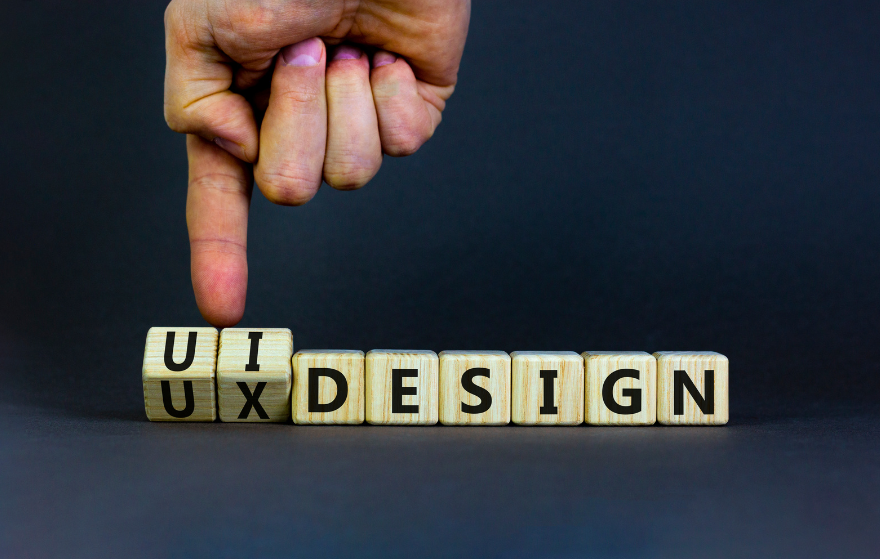The Art of User-Centered Design: Crafting Intuitive Software Experiences
User-centered design, often abbreviated as UCD, is the backbone of creating software that truly resonates with its users. It's not just about aesthetics but the seamless interaction between humans and technology. In this post, we'll delve into the art of user-centered design and how it leads to crafting intuitive software experiences.
Understanding User-Centered Design
User-centered design places the user at the heart of the design process. It's a holistic approach that takes into account the needs, preferences, and behaviors of the end-users from the very beginning. By doing so, it ensures that the software aligns with the user's goals and expectations.
The Process of Crafting Intuitive Experiences
-
User Research: This is the first step in creating a user-centered design. It involves understanding who your users are, what they need, and how they will use the software. Surveys, interviews, and data analysis are some of the tools used to gather insights.
-
Wireframing and Prototyping: Once you have a deep understanding of your users, you can start sketching wireframes and creating prototypes. This helps in visualizing the software's structure and functionality.
-
Usability Testing: Testing your design with real users is crucial. It helps in identifying usability issues and making necessary adjustments to improve the user experience.
-
Iterative Design: User-centered design is an iterative process. It involves continuously refining the design based on user feedback until you achieve intuitive and user-friendly software.
Benefits of User-Centered Design
-
Improved User Satisfaction: UCD leads to software that meets user needs, ultimately resulting in higher user satisfaction.
-
Reduced Training Time: Intuitive software requires less training, saving time and resources for both users and organizations.
-
Lower Support Costs: With fewer usability issues, the need for customer support is reduced, lowering costs.
-
Increased Efficiency: User-centered design ensures that the software is efficient, helping users accomplish tasks faster.
-
Competitive Advantage: Software that provides a better user experience stands out in the market, giving businesses a competitive edge.
In conclusion, the art of user-centered design is a pivotal element in creating software that not only looks good but also feels right to the users. By understanding their needs and preferences, you can craft intuitive software experiences that leave a lasting, positive impression. In a world where user experience is paramount, mastering the art of UCD is essential for software designers and developers.




.png)